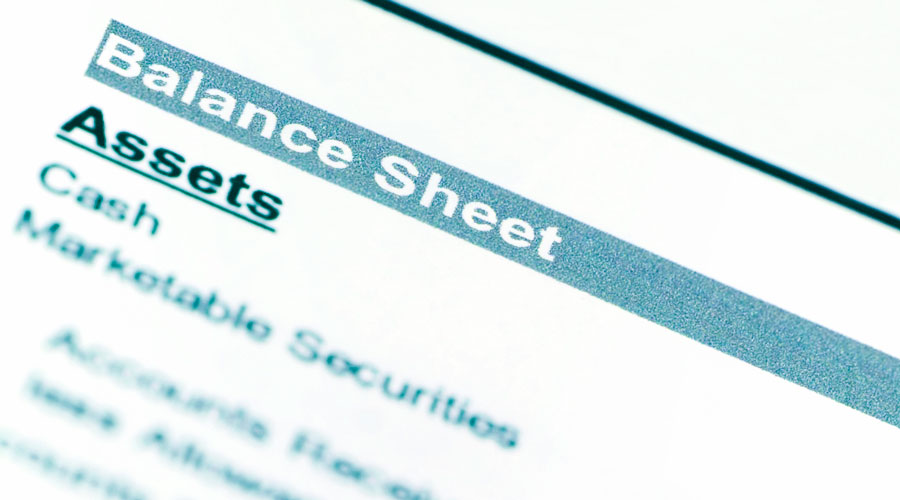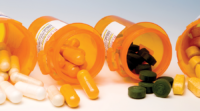You shouldn’t ignore your pharmacy’s financial statements, even if you aren’t the one preparing them.
The balance sheet reveals the overall health of your pharmacy business, even more so than other financial statements, like the profit and loss statement, or the cash flow statement.
By looking at your balance sheet, you can see how financially sound your pharmacy is, and you can identify problems. But if you’re new to accounting, it can be hard to know what to look for.
Here are five things to understand about your pharmacy’s balance sheet, and how you can use them to improve your business.
1. The accounting equation
The accounting equation, liabilities + owner’s equity = assets, reveals how your business is doing overall. If assets are greater than liabilities, owner’s equity is positive. If your assets amount to less than your liabilities, however, then owner’s equity will be negative. Ideally, owner’s equity should be positive.
2. Current assets and cash flow
Current assets include cash and assets that are expected to be converted to cash within a year, such as accounts receivable and inventory. The more cash you have, the more able you are to pay bills, purchase inventory, pay off debts and acquire more assets.
On the other hand, if accounts receivable is too high, perhaps because of third party reimbursement delays, then cash flow could be negatively affected. It’s important to monitor accounts receivable and inventory to make sure they don’t represent too much of your current assets.
3. Fixed assets and cash flow
Fixed assets include items like your pharmacy’s building—if you own it—,equipment and technology. If more of your assets are fixed than current, then your owner’s equity might be positive, but your cash flow might be inadequate.
Alternatively, if your amount of fixed assets is relatively low, then it might indicate you can consider upgrading your equipment or investing in a new technology or service.
4. Liabilities
Any debts or financial obligations owed to others are listed in the liabilities section. They’re divided between current liabilities, debts that need to be paid within the next 12 months, including salaries and accounts payable, and long-term liabilities, such as mortgages. Having liabilities is a normal part of doing business, but the more liabilities you have, the less owner’s equity you have.
5. Owner’s equity
Owner’s equity is the bottom line of your pharmacy business and represents your rights to your assets. It is a huge factor in determining the value of your business, and high owner’s equity can help you secure a loan to expand your business, or set a higher price if you ever choose to sell.
Other tips:
- Compare this year’s balance sheet with last year’s. How have your assets and liabilities changed? This can tell you if your business is growing—or struggling.
- Use the numbers from your balance sheet to calculate important metrics for your pharmacy.
- Compare your pharmacy’s balance sheet performance to other independent pharmacies using resources like the NCPA Digest from the National Community Pharmacists Association.
Your pharmacy’s balance sheet is a snapshot of its financial position. Use it to check up on your business’s financial health.












